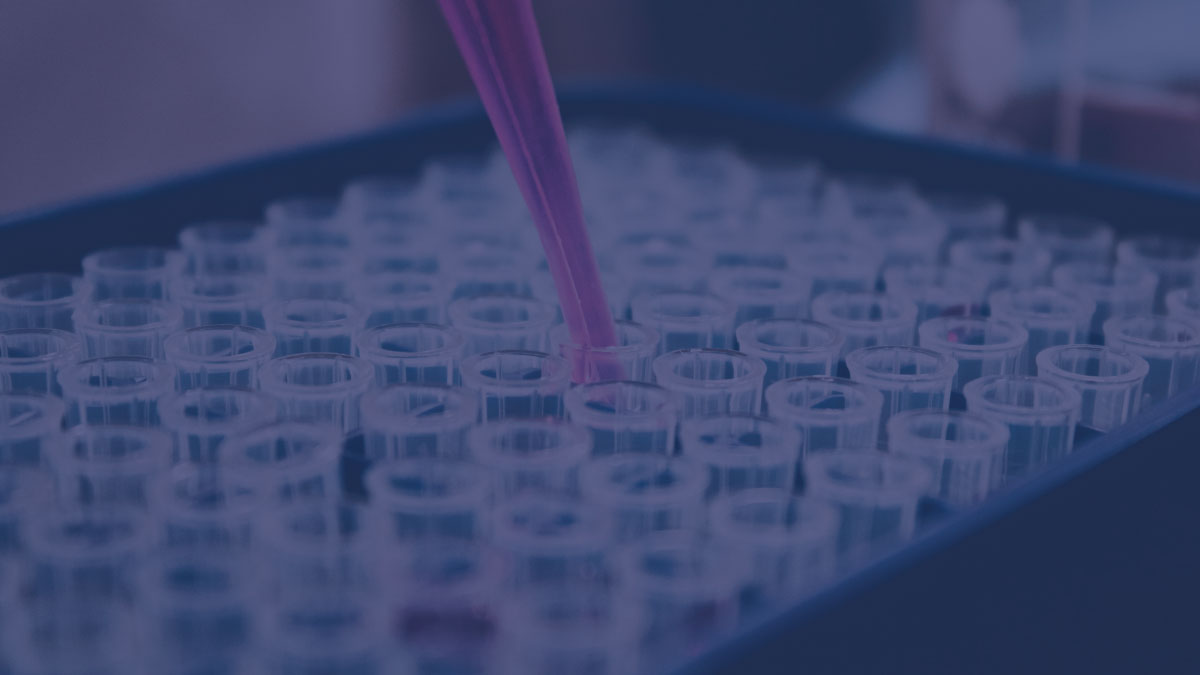Service Ecosystem
Drug Discovery and Target ValidationDuring the Target Validation phase, experiments are focused on demonstrating that the identified biological target plays a critical role in the disease process, and that its modulation can exert a therapeutic effect in the absence of toxicity on cells and tissues.
Transcriptomics
MOA STUDIES
Automated sequencing of whole cell or single-cell transcriptome to highlight genes and pathways activated by candidate drugs.
Send request

Structure-Activity Relationship (SAR) studies
Candidate drugs are analysed by substructure to determine functional and cytotoxic residues, selective and non-selective binding sites. Such insight can be used to produce and screen multiple sub-generations of improved derivate compounds.
Send request

Skin
SSc/SSc-ILD | In vivo
Psoriasis | In vivo
Skin fibrosis | In vivo
Chronic cutaneous inflammation | In vivo
Atopic Dermatitis | In vivo
Send request

Proteomic
MOA STUDIES
Analysis of the alterations in the expression levels of proteins/pathways affected by candidate drugs in treated tissues or cells.
Send request

Phosphorylation assays
MOA STUDIES
Quantifies the changes in the phosphorylation status of a substrate as a result of treatment with drug candidates.
Send request

Pain
Acute nociception | In vitro
Chemotherapy-induced nociception | In vitro
Pruritus | In vitro
Chemonociception | In vivo
Thermoception | In vivo
Mechanonocipetion | In vivo
Migraine and chronic neuropathy | In vivo
Send request

Muscle
Muscular damage | In vitro
DMD | In vivo
Send request

Metabolic
Diabetes | In vitro
Send request

Lung
IPF/SSc-ILD | In vivo
COPD | In vitro - In vivo
ALI | In vivo
Send request

Liver
NASH | In viv
Cirrhosis | In vivo
HCC | In vivo
Cholangitis | In vivo
Acute Liver Failure | In vivo
Send request

Kidney
CKD | In vivo
UUO | In vivo
Kidney stress | In vivo
Send request

Inflammation
Osteoarthritis | In vitro
Fibrosis | In vitro
Multiple sclerosis | In vitro
Neuroinflammation | In vitro
Prostatitis | In vitro
Cystitis | In vitro
Joint inflammation | In vivo
Chronic gastric and bowel inflammation | In vivo
Send request

In silico target prediction
MOA STUDIES
By combining the information of a compound with multiple protein targets, prediction algorithms assigns higher scores where the interaction between compounds and targets is more likely.
Send request

In silico ADMET
Prediction tools for structure-based calculation of pharmacokinetic properties related to absorption, distribution, metabolism, and excretion (ADME). From the chemical structure of a compound, it is possible to predict parameters as blood-brain barrier penetration, cytochrome P450 interaction, oral bioavailability, passive absorption, P-glycoprotein specificity, solubility, sites of metabolism etc.
Send request

Hit to lead – IC50/LD50 studies
Medium throughput cell-based studies to determine the IC50 and LD50 of candidate hits and to select and prioritize the most potent and less toxic ones. IC50/LD50 studies can be conducted on healthy or pathological models.
Assay development available
Send request

Eye
Pemphigus | In vitro
Keratoconus | In vitro
Send request

Enzymatic activity assays
MOA STUDIES
Used to verify and characterize in detail the effect of drug candidates on their targets.
Send request

Ear
Ototoxicity | In vitro
Tinnitus | In vivo
Mechanic ear damage | In vivo
Drug-induced ototoxicity | In vivo
Send request

Colon
IBD | In vivo
Cholitis | In vivo
Send request

CNS
Alzheimer’s Disease | In vitro
Parkinson's Disease | In vivo
Multiple Sclerosis | In vivo
Stroke | In vitro
Ischemia | In vitro
Excitotoxicity | In vitro
Epilepsy | In vitro
BBB damage | In vitro
Send request

Cell-free drug screening and binding studies
Biophysical techniques as Surface Plasmon Resonance (SPR) allow to measure in a competitive or non-competitive fashion target binding of candidate drugs with dose-response and high-throughput settings.
Send request

Cell-based drug screening
Medium and high throughput platforms to screen and select the best candidates within chemical libraries of any source. The readouts employed span from viability/functional/morphological ones to target activation assays. Screening campaigns can be conducted on healthy or pathological models.
Assay development available
Send request

Cardiovascular
Cardiotoxicity | In vitro
Cardiac fibrosis | In vitro
Myocardial infarction | In vivo
Systemic inflammatory response syndrome | In vivo
Send request

Binding studies
Cell-based or cell-free studies to measure in a competitive or non-competitive fashion target binding of candidate drugs with dose-response and high-throughput settings.
Send request

Autoimmune
Rheumatoid Arthritis | In vivo - In vitro
Lupus | In vivo
Send request

AI Driven Virtual Screening
AI driven virtual screening platform designed to find candidate molecules with larger chemical diversity. In particular, a field-based virtual screening software uses a 3D representation of molecules based on electrostatic, steric and hydrophobic interaction fields derived from semi-empirical Quantum-Mechanics calculations. Such fields describe with high accuracy the factors that determine ligand / receptor interactions. This approach allows to identify candidate molecules with similar chemical properties to reference
Send request





